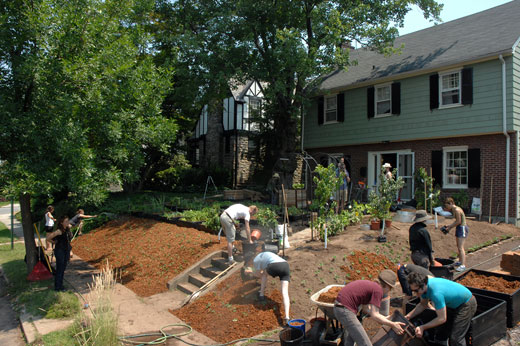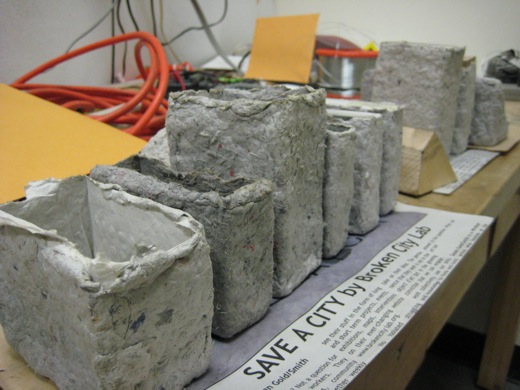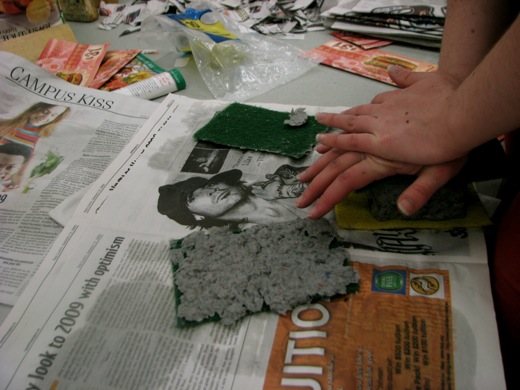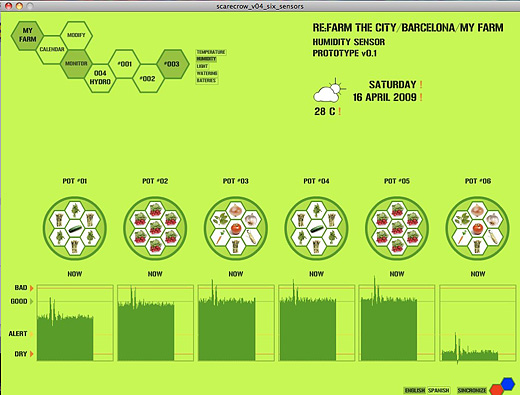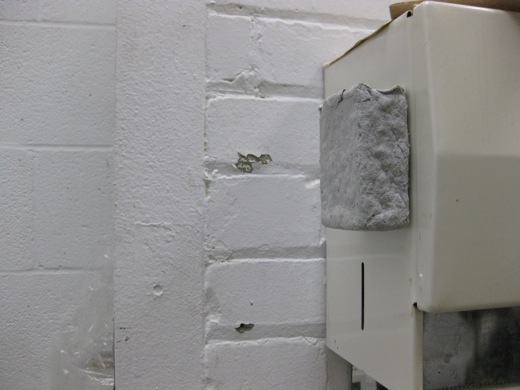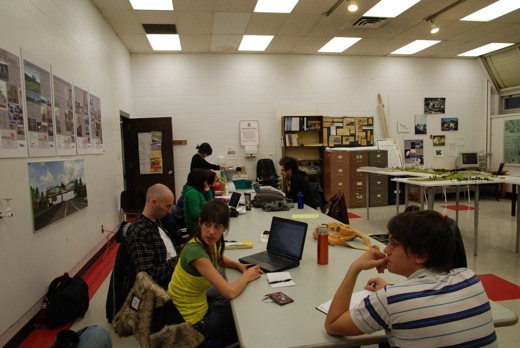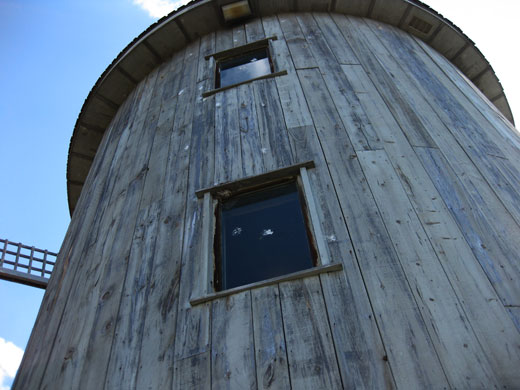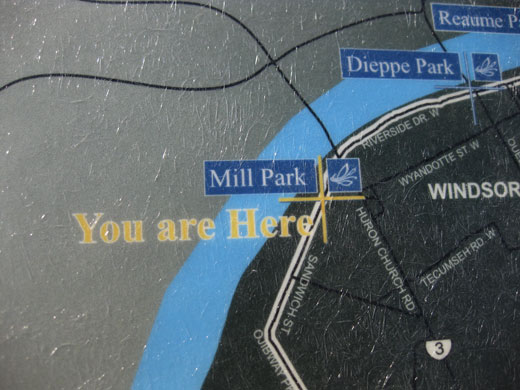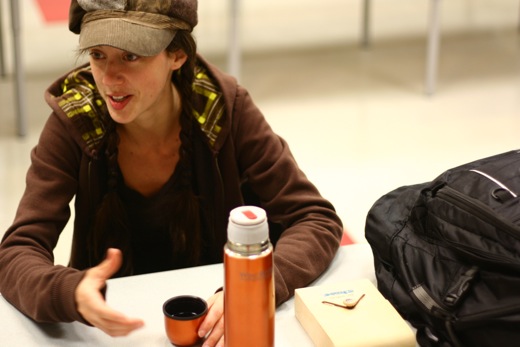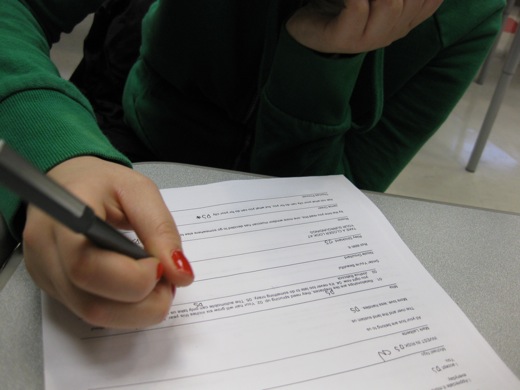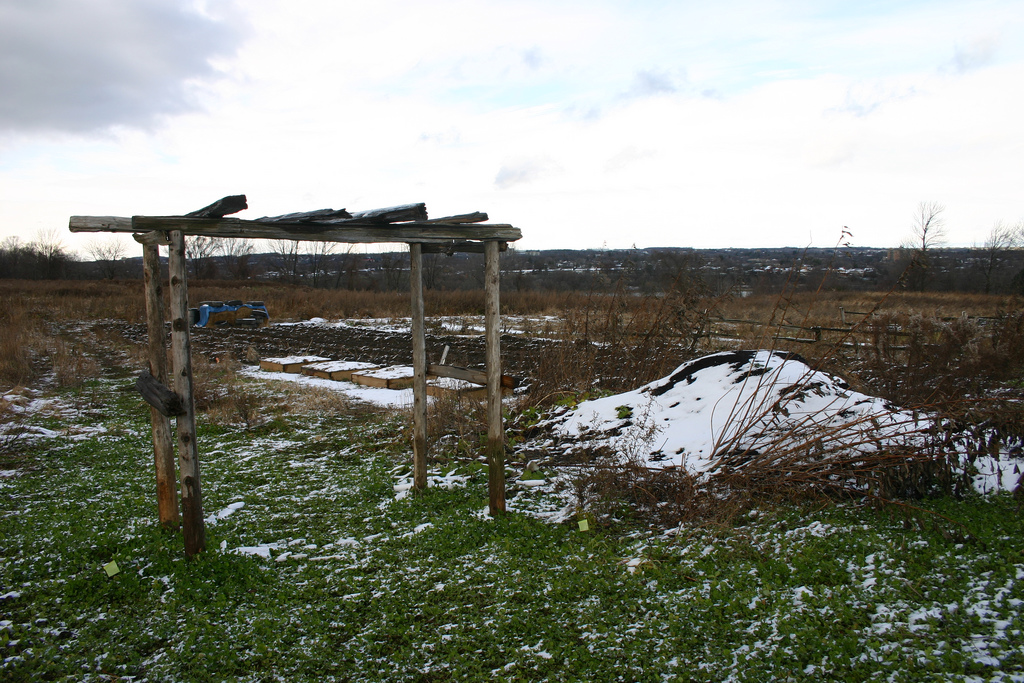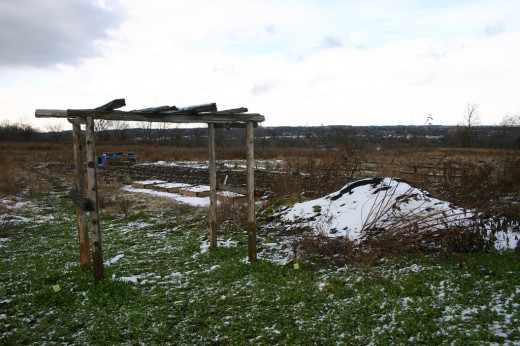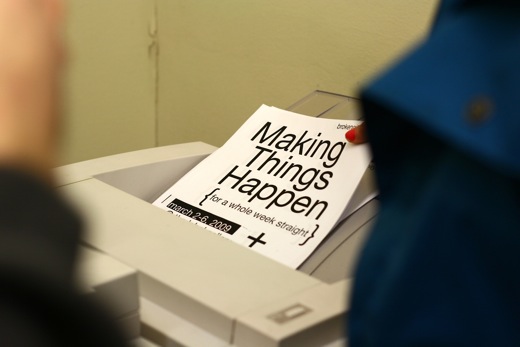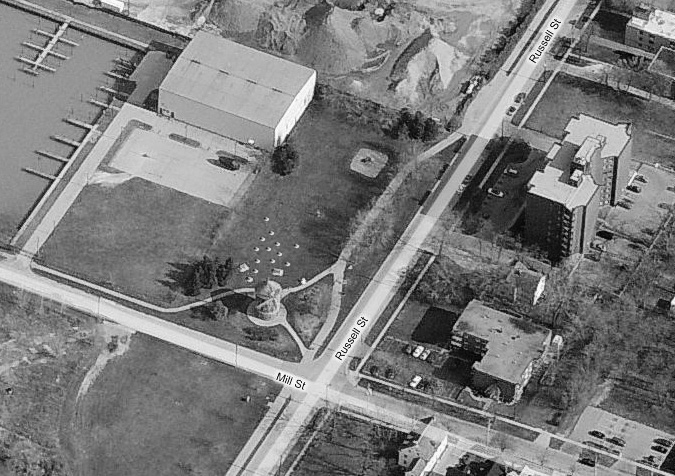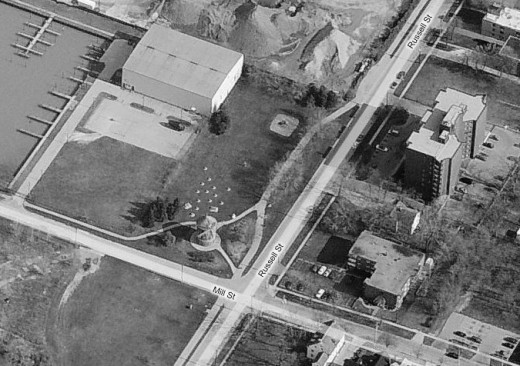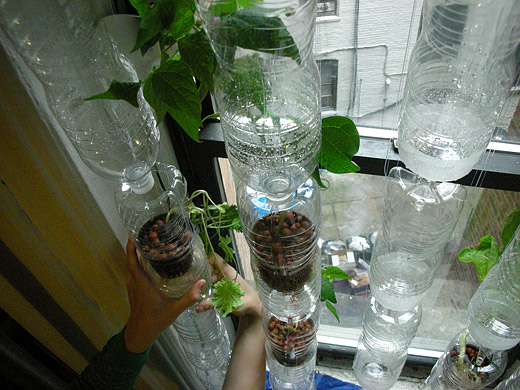
As part of the Eyebeam OpenLab residency program, Rebecca Bray and Britta Riley have been working on a project called, Window Farms. Fashioned out of recycled and/or low-cost materials, the project calls for vertical gardens that use hydroponics to grow beans, tomatoes, and lettuce.
Designed with crowdsourcing and R&DIY (Research & Do-It-Yourself) in mind, the project is not meant to create a one-size fits all product, but rather a framework to further develop and refine the process. If urban agriculture is one the many necessary steps we’ll have to take to create sustainable cities, this is one way in which food production can be managed at a household or neighbourhood scale.
